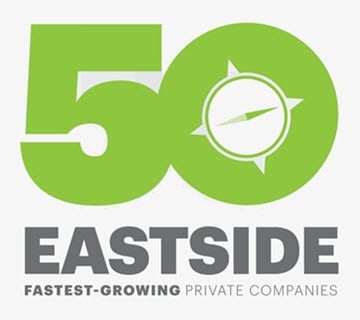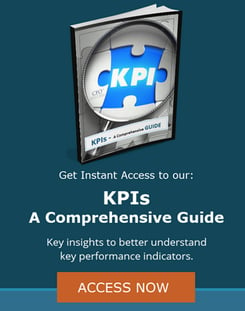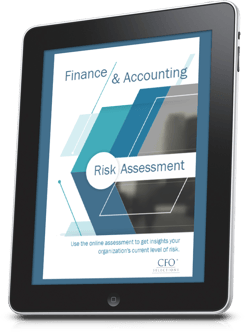 Just the other day we were working with a client who came to us and said, “We need help with an important grant request. How do we know which expenses to include in our overhead costs? And how should we word those expenses appropriately in our proposal?” We were able to help and now we want to share the wisdom that we offered him to help you the next time you write a grant proposal.
Just the other day we were working with a client who came to us and said, “We need help with an important grant request. How do we know which expenses to include in our overhead costs? And how should we word those expenses appropriately in our proposal?” We were able to help and now we want to share the wisdom that we offered him to help you the next time you write a grant proposal.
Anyone who has ever worked with grants knows that budgeting can be one of the most difficult parts of the grant request process. To be effective a grant proposal needs to include both the direct costs of running the program(s) that the grant will be used for as well as the indirect costs (or overhead costs) associated with offering programming.
Organizations that do not appropriately account for overhead costs such as payroll, rent, utilities, and technology will not be entirely compensated for the full cost of running the programs that they offer, which can jeopardize their long-term sustainability. Simply put, an organization that cannot cover their overhead costs won’t have the operating budget needed to provide their programs and offerings to their community, which in turn can:
- Reduce reach and effectiveness.
- Negatively affect morale and increase turnover.
- Threaten the long-term viability of the organization.
For these reasons it’s easy to see why calculating nonprofit indirect costs is crucial not only in effective grant management but also the organization’s overall financial management as well.
However, correctly calculating nonprofit overhead costs is only one part of the recipe for success. Nonprofits must also be able to align these costs with the funding organization’s policies, provide proof for their expenses, and speak to these expenses in a way that justifies their costs to key decision makers.
Calculating Indirect Cost Rates
An indirect cost rate is the percentage of overhead costs (sometimes referred to as “facilities and administrative costs”) relative to the direct costs of a project or program. Indirect cost rates can be organization/program-specific or federally negotiated. Our team recently published an excellent resource on how to identify allowable costs and use them to calculate indirect cost rates. For a more depth discussion around those calculations, please visit that resource here:
Some organizations choose to forgo calculating indirect cost rates altogether, opting instead to use a “de minimis rate” (which is a standard percentage of their modified total direct costs) to simplify the process. Whatever approach your organization chooses to arrive at a number for its indirect cost rate, it will be integral to the overall grant request process. But that’s not to say that it will be needed for every single grant proposal. As you’ll soon find out, some grants won’t require that you calculate this number on your end at all! However, regardless of whether it’s needed for an individual grant request we still strongly recommend knowing what your own rate is to aid in your organization’s broader financial management.
Complying with Funder Policies
Once you know your organization’s overhead cost rate, it’s time to align that with the funding organization’s policies. Every funder will have different regulations around indirect costs and it’s important to understand what you are allowed to submit as part of your grant request. Some will have a predetermined cost rate, while others will have a suggested rate or a “not to exceed” threshold. When the allowable overhead cost rate is not specified by the funding organization, it is negotiable based on your own calculated rate.
You should present your calculated rates in a standardized format to clearly articulate your direct and indirect costs in a way that is easy to understand. Helping the funding organization identify your budgeted costs will go a long way in establishing trust and improving communication.
Providing Supporting Documentation
You will almost certainly be asked to provide documentation that supports your cost figures, but the specifics around what is necessary will vary depending on the funding organization’s requirements. Typically, funding organizations are looking for financials like a balance sheet and cash flow statement as supporting documentation, but other financial statements may be required as well. Some organizations may specify that these be audited statements to add another layer of credibility into the process. Additionally, you may be asked to sign an indirect cost rate agreement to vouch for the legitimacy of your indirect cost rate calculation. Basically, they want to ensure that the methodology used to arrive at an indirect cost rate was sound and the inputs were reliable.
In instances where a funding organization is willing to negotiate the indirect cost rate this documentation will serve as the basis for your position in the negotiation. As such, it’s important that the information being presented is accurate and your leadership can speak to it intelligently – explaining any financial assumptions that were used, proactively addressing areas that would benefit from further explanation, and answering any questions that follow. The higher your indirect cost rate is, the more important it will be to come prepared to discuss your organization’s unique circumstances.
Demonstrating Return
As part of your grant proposal be sure to justify indirect costs by highlighting their return. Resist the urge to characterize overhead costs as a regrettable necessity. Instead, showcase them as an integral part of your organization’s success. Emphasize the cost-effectiveness of your overhead and how it benefits the organization through improved efficiency, increased scope, enhanced experiences for program participants, and so on. Specifically focus on the ways in which these costs help the organization execute on its plans, achieve its goals, and fulfill its overall mission.
When you need strong nonprofit financial leadership, please reach out to us! We have a team of nonprofit Controllers and nonprofit CFOs that can assist with grant proposals and grant management as well as manage the organization’s ongoing accounting and finance needs. As nonprofit financial consultants we work with organizations every day – analyzing their current financial situation, identifying opportunities for improvement, and strengthening them from the inside out. Contact us today to find out more!
Please note: This article is not meant to constitute legal advice, nor does it replace working with an experienced nonprofit Chief Financial Officer (CFO) that can address your organization’s specific circumstances. The broad overview presented here omits discussions around nuances that may only be applicable to specific types of grant funding or certain kinds of nonprofit organizations. It is strongly advised that you work with a professional who can specifically address your organization’s unique needs and financial position.






